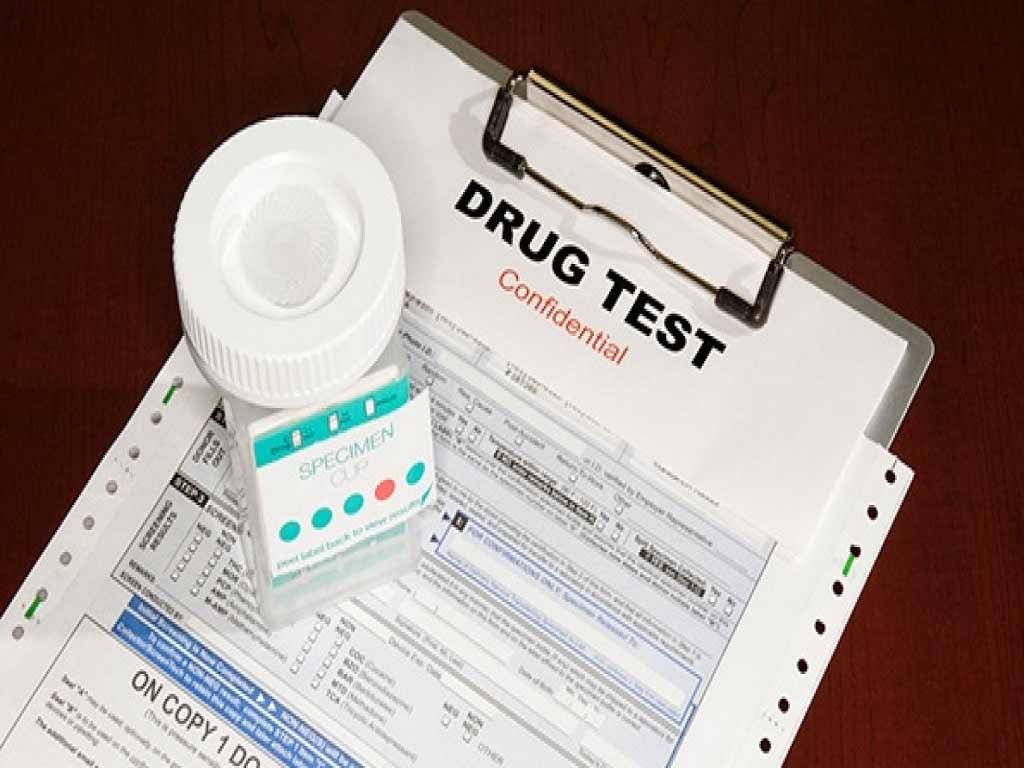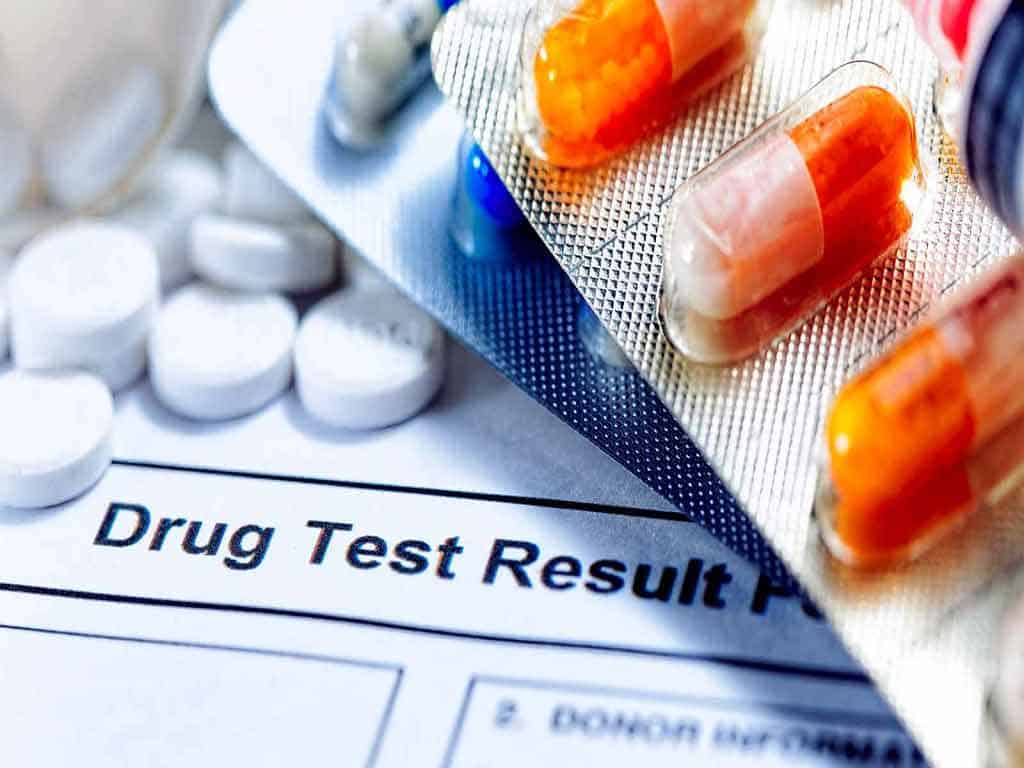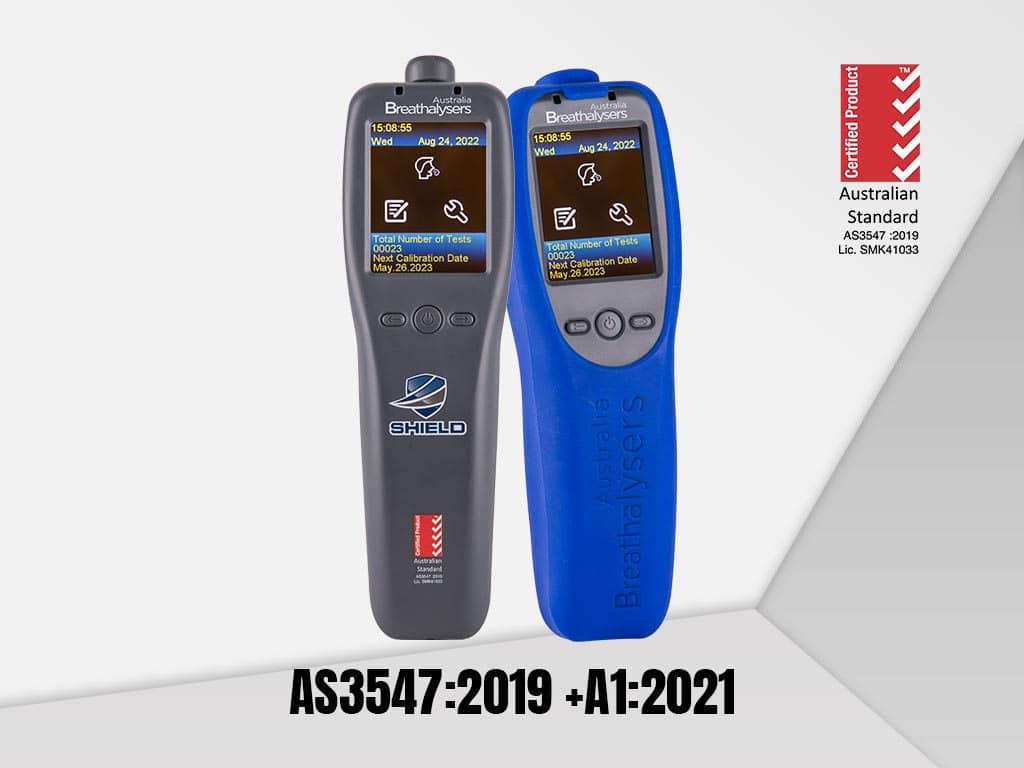Rapid Drug and Alcohol Testing: Accuracy and Reliability
18 October, 2023

Rapid drug and alcohol testing is the process of examining a person’s biological sample for the presence of alcohol and illicit substances. It is often used in workplaces and roadside screening, needing quick results. These tests are generally accurate and reliable in detecting substance use. However, several factors may influence their accuracy. For example, the susceptibility of the test samples to external contaminants may lead to false positives or false negatives.
Drug and alcohol abuse is one of the significant problems affecting many workplaces. It can lead to negative consequences, such as poor work performance, health issues, and accidents. This can impact productivity, staff morale, and company reputation in the long run. For this reason, many organisations employ workplace testing through a comprehensive policy. In this article, we will explore the significance of instant drug and alcohol tests, including their accuracy and types of methods.
What is Rapid Drug and Alcohol Testing
Rapid drug and alcohol testing is used in many settings due to its convenience and quick results. It is the method of testing individuals for the presence of drugs or alcohol in their system. These tests provide immediate feedback, typically within five minutes, allowing for timely intervention and appropriate action. In addition, it utilises portable screening devices that are easy to use and administer.
Instant drug and alcohol test kits use a variety of techniques to detect illicit substances. A common technique is immunoassay, which uses antibodies to identify specific substances. However, most immunoassay devices can only provide a qualitative determination of drug substances. This means it can detect specified drug metabolites but not measure the amount in the sample.
The tests produce either negative or non-negative results. A negative result means it did not detect illicit drugs, while a non-negative test indicates the presence of a substance. The affirmative detection of drugs requires confirmatory testing using a more definitive analysis. It involves advanced laboratory procedures to identify the specific drug class and the concentration level.
Benefits
- Rapid testing provides immediate results. The results provide real-time feedback, enabling employers or health professionals to make informed decisions.
- Testing devices are easy to use with simple instructions. It can be self-administered.
- It is a cost-effective option. Instant testing kits are more affordable than laboratory testing.
- Rapid testing can deter individuals from using illegal drugs or alcohol, knowing they may be tested at any time.
- It helps to identify and address substance abuse problems early on, preventing further addiction or health complications.
- It is useful in accidents or emergency situations, helping medical professionals quickly determine if drugs or alcohol are factors.

Accuracy and Reliability of Rapid Drug and Alcohol Testing
Accuracy is a critical aspect of rapid drug and alcohol testing. It is vital to follow the necessary measures to ensure valid and reliable results. Moreover, modern test kits use advanced technology to identify drugs or their metabolites accurately. However, several factors may interfere with the test, affecting the results.
The critical factors to consider are the quality of the device, the sample use, and the sample collection procedure. Different test kits may have varying cut-off levels and sensitivity. Equipment with a high cut-off level may render a negative result despite consuming illegal drugs. In contrast, a low threshold may produce a non-negative result, even with minimal or incidental drug exposure.
Furthermore, the reliability of the test depends on the proper administration and interpretation of the results. It is vital to follow the instructions provided with the kit precisely and adhere to the recommended testing procedures. Lastly, it is advisable to use certified testing devices to ensure accuracy. These devices have set standards for consistent testing across various settings or industries.
Are there Risks of False Positives?
Risks of false positives are possible in rapid alcohol and drug tests. False positives occur when a test indicates the presence of a substance when it is not actually present in the individual’s system. One of the factors that may contribute is improper sample collection, handling, or storage.
Another significant factor is the potential for cross-reactivity. OTC and prescription drugs may have similar chemical structure to the drug being tested. Thus, immunoassay screens may read this as a positive result. In addition, certain medical conditions, such as diabetes, may also lead to false positives. Thus, confirmatory testing can help validate the initial screens.

Common Types of Rapid Drug and Alcohol Testing
One common type of rapid drug and alcohol testing is the urine test. This method involves collecting a urine sample and analysing it using a test strip or dipstick. It is widely used due to its non-invasive nature and ability to detect a wide range of substances. The test can detect common drugs of abuse, like marijuana, cocaine, methamphetamine, opioids, and benzodiazepines.
Another type of test method is saliva drug testing. It involves collecting a saliva sample and placing it in a container with a reactive agent. This test has a shorter detection window, making it ideal for determining recent drug use. Moreover, the sample collection can be done in plain view, minimising the risks of tampering.
Lastly, breath alcohol testing is a convenient way to detect alcohol. This method involves blowing into a breathalyser device to measure Blood Alcohol Content (BAC). It is non-invasive and gives results in seconds. Furthermore, the choice of alcohol and drug test kits depends on various circumstances.
Legality of Rapid Test Results
Rapid testing is efficient in determining if a person is under the influence of alcohol or drugs due to its speed. They are also applicable in various settings. However, there are legal considerations concerning them. Rapid test results are not admissible in court. Thus, the results should be supported with laboratory confirmation testing.
Employers may impose disciplinary sanctions after getting the confirmatory laboratory test results. Additionally, the sanctions should be in line with the company’s drug and alcohol policy. Lastly, employers should ensure that their employees are aware of their rights after getting positive test results.
Conclusion
Rapid drug and alcohol testing is a fast, efficient, and cost-effective method of detecting substance use. Companies utilise these methods to improve workplace safety and improve the well-being of employees. In addition, these tests are reliable in identifying a wide range of illicit drugs, like marijuana, cocaine, and opiates. However, various factors may affect their accuracy. This includes improper sample collection, storage, handling, and cross-reactivity. As such, not following the test guidelines may lead to imprecise results.
In cases of non-negative results, it is vital to undergo laboratory confirmation testing for validation. Furthermore, employers may use different methods, such as urine, oral fluid, and breath alcohol testing. Each type of test has different detection windows and accuracy levels. They are valuable in pre-employment, random, reasonable suspicion, and after an accident. Overall, instant drug and alcohol testing can be an effective way of determining or deterring substance abuse.






























